|
Embarking on a career as an action actor or stunt performer is a thrilling step, a successful career is going to be filled with excitement, challenges, adrenaline-pumping moments and the opportunity to be part of bringing action scenes and sequences to life. However, as with any career, it's essential to consider the financial landscape before diving in. So, what can you expect to earn as a stuntman or stuntwoman? The answer varies a lot based on many factors, including your location, the type of stunt or action you're performing, and the specific project. Working as a freelancer / independent performer you are also a business, and there's also your costs to consider. Let's start to break it down.
Feeling stressed? Lots to manage. Big Decisions to make? Unsure where to start? Relax, we've got you.
As an actor or stunt performer, you are more than just a creative artist; you are also a business entity. The unique challenges you face - irregular work, extensive travel, financial uncertainty, managing your life, balancing many priorities - all necessitate a strategic approach to managing your career and personal life. This can be very challenging but there are powerful tools available to help you. One very useful framework that can help you to navigate the challenges you face is 'Maslow's Hierarchy of Needs'. This psychological theory, proposed by Abraham Maslow in 1943, can be instrumental in guiding your personal and professional development. Have a read and let Maslow help you find your path and ease your journey :) 5/24/2024
Unleashing Your Inner HeroIn the history of storytelling, few characters captivate us more than the hero... From ancient legends to modern movies, the hero archetype has stood the test of time, embodying a quality all aspire to possess.
But what if I told you that the hero isn’t just a figure on a screen or a page? What if the hero resides within you. Waiting. And that there is one in each of us, just waiting to be discovered, nurtured and unleashed? If you want to know where yours is, click the article and I'll tell you :) 5/15/2024
Who will I be Training with? Your Guide to Our Instructors at The International Stunt AcademyThe ISA believes that to provide world-class training you need a diverse range of talented instructors, and there are many benefits to training with a larger group of people, rather than under the guidance of one person. This is why our International network of Qualified and Experience Instructors have a broad range of age, experience and specialisms. We categorise them into two distinct groups, each offering unique benefits to our students. These groups are our 'Resident Instructors' and 'International Instructors'.
Now let's explore the difference and why we do things the way we do... Discover the extraordinary life and legacy of Jeannie Epper, one of the heroes in of our industry, not jut on-screen but behind the scenes. In this tribute, we celebrate Jeannie's remarkable journey from her early days as a child performer to becoming the iconic stunt double for the original Wonder Woman. As one of the pioneering women in the stunt industry, Jeannie's contributions have left an indelible impact, inspiring countless women to follow in her footsteps. Join us in honouring a true hero whose legacy transcends her thrilling on-screen feats, embodying the spirit of courage and resilience.
Creating choreography from scratch seems challenging (at first), but it’s also incredibly rewarding. As you loop through the cycle of creation, review, and learning, your skills will sharpen, your confidence will grow, and your choreographies will increasingly resonate with audiences. Remember, whether it’s a dance or a duel, choreography is about communication. You’re telling a story through movement. Want some help and advice on how to make it a story worth watching? Read on...
In an era where digital effects seem to dominate the cinematic landscape, there's a powerful resurgence breathing life back into the art of filmmaking: practical effects. These tangible, often awe-inspiring elements offer a depth and authenticity that digital effects can struggle to replicate. From the glowing ember of a dragon's breath to the earth-shattering explosion of an epic battle, practical effects captivate not only audiences but even the most seasoned film crews.
When we think of fight scenes in movies, it’s easy to get caught up in the thrill of the moment — the clash of fists, the smashing of bodies over tables and bars, the narrow dodges, and the dramatic knockouts. Yet, at the heart of these electrifying moments is an art form that transcends physical combat. It’s an intricate dance, a meticulously planned performance where every move, every step, is designed to tell a story.
In the vibrant world of cinema and more recently the adrenaline-fueled arena of video games, a hidden group of artists perform feats that amaze audiences, transporting us into realms of imagination. Yet, despite their pivotal role in crafting these unforgettable moments, stunt performers remain the unsung heroes of the entertainment industry. Their daring, passion and technical abilities and shape the heart and soul of the stories that captivate us, even as their contributions go unrecognised.
Are you ready to explore the world of cinema's best-kept secret and champion the cause of its most daring artists? Click through to read the full article and join us in celebrating the unsung heroes who bring the magic of movies and games to life. Before diving into the specific acting methods, it's important to understand what acting is, especially for those just starting. At its core, acting is the art of storytelling. An actor's job is to bring a character to life, making the audience believe in the world they're portraying. This involves understanding a character's motivations, emotions, and actions. For stunt actors, this is even more crucial as they must blend physical prowess with convincing portrayals.
For Stunt Actors, conveying genuine emotion under physically demanding circumstances really is an art form. We have to be technical and perform stunts flawlessly. We have to be emotional and act as we perform the stunt, which changes so many things about our body movement, vocalisations and how the character would act in the situation. That's a lot for a brain to understand and get right, under pressure.
Among these emotions, Anger and Rage stand out. They are essential's for any action actor and for many they're the most challenging to portray authentically (or safely). This ISA masterclass article dives deep into the complexity of these intense emotions, exploring how stunt actors can effectively and safely express them on screen. Ever wondered how to become a Stuntman or Stuntwoman? The answer is closer than you think. It's not just about learning how to do daring or risky things. It isn't about luck either. The answer is a journey of transformation.
Discover the disciplined path to mastering stunts, the commitment to continual learning, and the unwavering focus required to turn your dream into reality. Your first step begins here, with insights and guidance just one click away. Read this, and it will lead you to your dream, then all you need to do is take action to turn that dream into a reality ... So, we'll see you on set soon With Halloween around the corner, the spotlight is on horror films and the actors who bring terrifying creatures to life. Often Stunt Performers / Actors overlook the value of mastering their creature acting skills but consider how many times Zombies fall, hit or get killed ... its a whole genre and area of work that's perfect for Stunt People!
Creature acting is an art form that goes beyond regular acting, requiring a unique set of skills to portray non-human entities convincingly. This article delves into the world of creature acting, offering tips and insights from renowned creature actors. Mindfulness often seems like a buzzword now, but it is a science, and and art form, and its applications in high-pressure or high-risk activities like Acting and Stunts are invaluable. This article aims to be a standalone resource while also serving as a follow-up to our previous piece on the Psychology of Fear in Stunt Work.
Following the success of our previous article on Colour Grading, we're diving deeper into the practical aspects of Color Correction, Balancing and Grading.
This article aims to guide you through the process of utilising Colour Correction to balancing all the footage in your sequence before and adding a final grade to your film, with a focus on how different colours can really affect your faint film and impact audiences emotionally. 10/13/2023
Understanding the Psychology of Fear in Stunt Work and how we use it to achieve incredible thingsImagine standing on the edge of a building, preparing for a High-Fall Stunt. Or even just repeating a simple movement that might aggravate a previous injury .... Fear can set in. Your heart races, palms sweat—fear sets in.
But what if we told you that "Fear is just a lack of knowledge", and by understanding and managing this fear it could be the key to not just performing the stunt successfully but also performing even better, and more safely? Imagine watching your favourite action-packed movie scene - let's say, its the car chase sequence in "Mad Max: Fury Road" - but you're watching it with the sound turned off. The roaring engines, screeching tires, and heart-pounding music are all missing. Suddenly, a scene like this loses its thrill, doesn't it? You don't engage in the same way, because you don't feel the action.
That is the power of Sound in action sequences. So often sound is overlooked, because we can't see it, but there is no doubting the truth that we really feel it! In this article, we'll explore the crucial role sound plays in stunt work and action film-making and how you can harness this invisible actor to really enhance the power of your scenes and sequences. In a previous article, we explored the role of macronutrients and fat-burning in Stunt Work and Acting. With so much advice orientated towards short and intense bursts of energy and performance we often see people deploy methods that are actually detrimental to maintaining the physical and mental performance that is required by Performers who need to sustain their energy on long sequences or long days on set.
To go deeper into this, today, we'll focus on two equally crucial aspects: hydration and micronutrients. Also we'll look at the role of ATP energy and Creatine in improving physical performance. Unlock the secret weapon of successful action filmmaking with our Guide to Action Previsualisation. Whether you're a novice action filmmaker, an aspiring stunt performer, or an experienced Director of Photography, our comprehensive guide lays out the crucial steps for prepping jaw-dropping action scenes.
Learn how to maximise efficiency, enhance safety, and make every shot count, all while discovering why the The International Stunt Academy (The ISA) should be your go-to hub for Action Previs. Jump in and let's get started... Welcome to another ISA feature article. Today, we're diving deep into a topic that often takes a backseat in the adrenaline-filled realm of action and stunt filmmaking ... colour grading. If you wonder, "Why focus on that when there are high-octane explosions and heart-stopping stunts to choreograph?" The answer is simple: colour grading is an unsung hero of Film that amplifies the visual impact and sensory experience of those very elements, giving your audience an unforgettable cinematic experience instead of bland / realistic colour and tone.
When executed correctly, color grading can heighten the tension in a chase sequence, add depth to a dramatic standoff, or even enhance the raw energy of a fight scene. Just like a well-timed stunt or a meticulously choreographed action sequence, colours on screen play a crucial role in storytelling. Whether you're a filmmaker, editor, or anyone involved in the creative process, understanding the nuances of color grading is indispensable. In this comprehensive article, we'll demystify the art and science of colour grading. You'll learn about its significance and some iconic uses in film, and even get hands-on advice to start grading your own sequences. Step into the edit suite and let's begin... In the world of stunts and action acting, the physical demands are far from ordinary. Long, grueling days, high-impact activities, and the need for quick decision-making are par for the course. Traditional nutritional advice often leans toward carbohydrate-loading for quick energy, but is that the most effective strategy for the unique needs of stunt professionals? The answer may actually lie in promoting fat burning for sustained and stable energy. This article explores why fat burning could be the superior choice for those in the stunt industry
When it comes to stunts and action sequences, you may think strength, agility, and coordination are the most important aspects to focus on. While these are undoubtedly crucial, there's a lesser-known "sixth sense" that stunt performers should not overlook: proprioception. This article aims to shed light on this essential yet often-ignored element in stunt training.
Stunts? It's not all about guns and explosions... In the dynamic world of film and entertainment its important to be able to cater to diverse audiences, evoking a range of emotions from laughter to tears. One genre that has really stood the test of time is slapstick. Often misconceived as something from the past, simplistic or 'just for laughs', slapstick is a sophisticated, physical style of humour that requires impeccable timing, coordination, and, importantly, safe execution. At the International Stunt Academy, we run a short course dedicated to studying slapstick. Read on to learn why...
Today, we're looking back to remember those who came before us and explore the thrilling history of stunts. As we chart this daring journey across the decades, we'll recognised some of the iconic names, mind-blowing moments, and pivotal breakthroughs that have defined the exhilarating world of stunt work. Buckle up!
So you've been dreaming about this moment, right? You've been training like a beast, mastering your flips and falls, and now the time has come: your first stunt gig! Exciting? Heck, yeah! Nerve-racking? Absolutely! But don't fret, because we've got your back with a super handy checklist to help you nail your first day on set.
|
AuthorThis blog os co-authored by The ISA Team Archives
June 2024
Categories
All
|





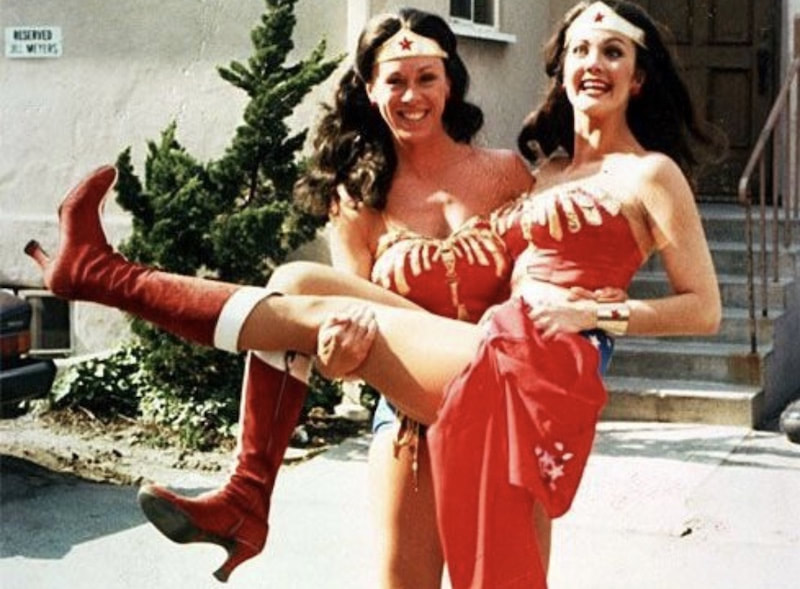
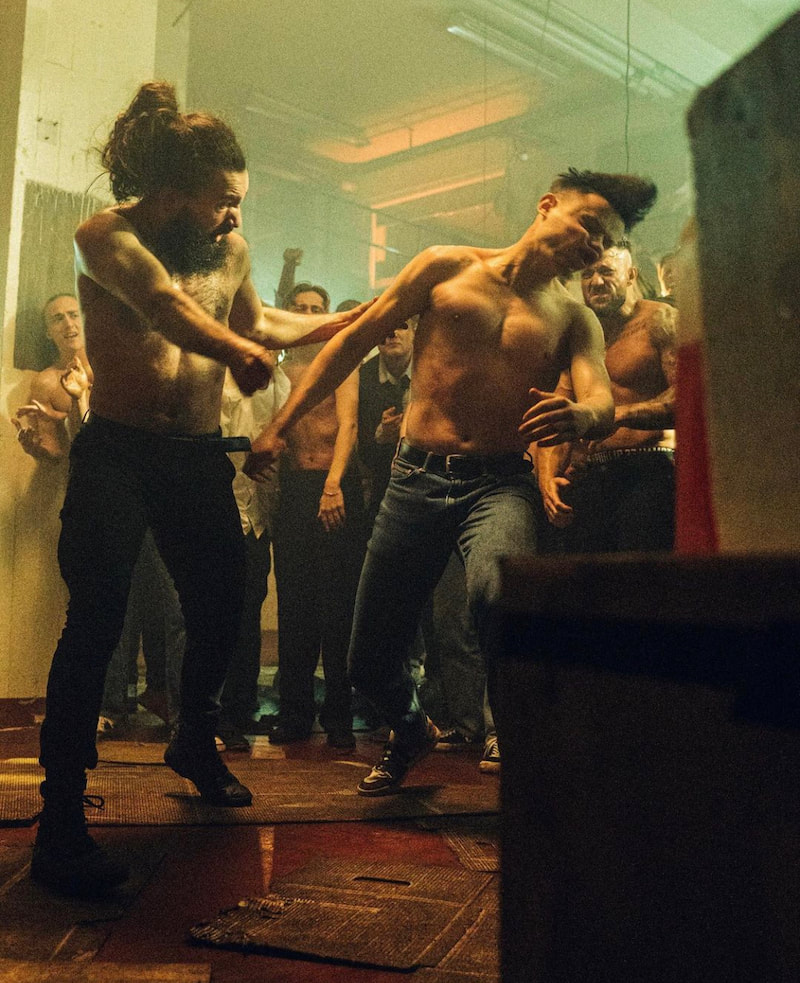
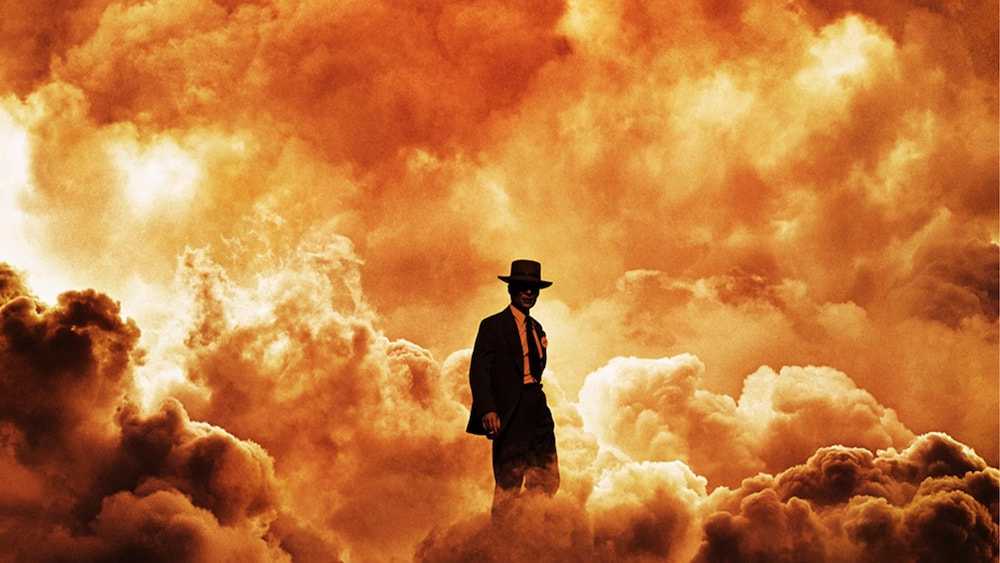
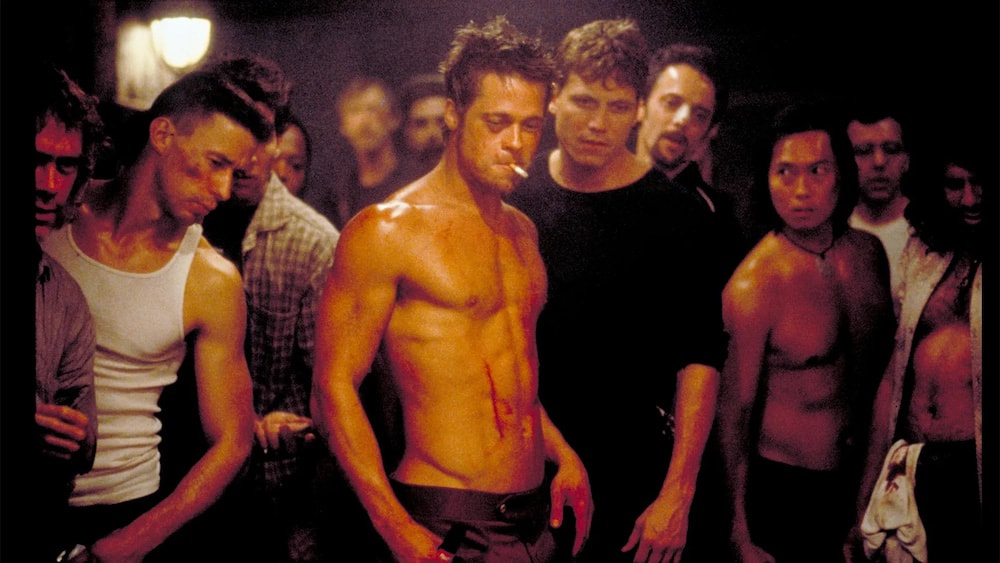
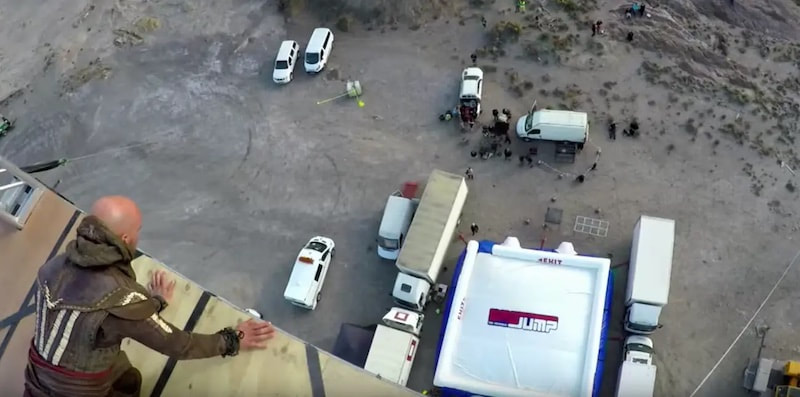
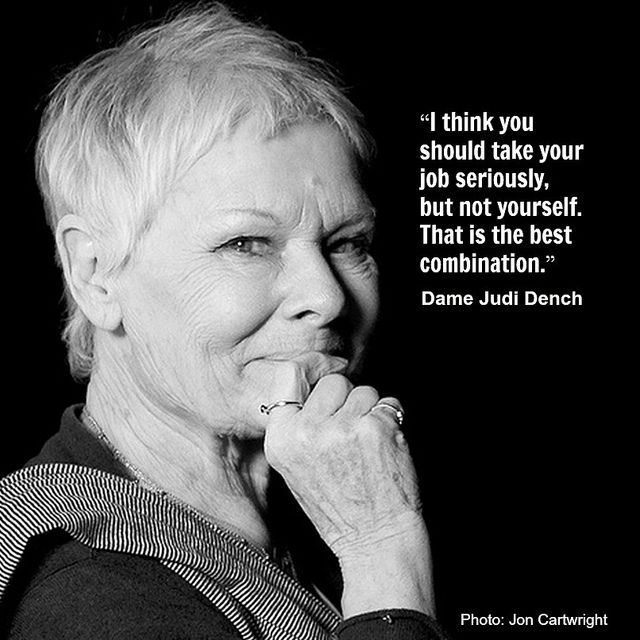
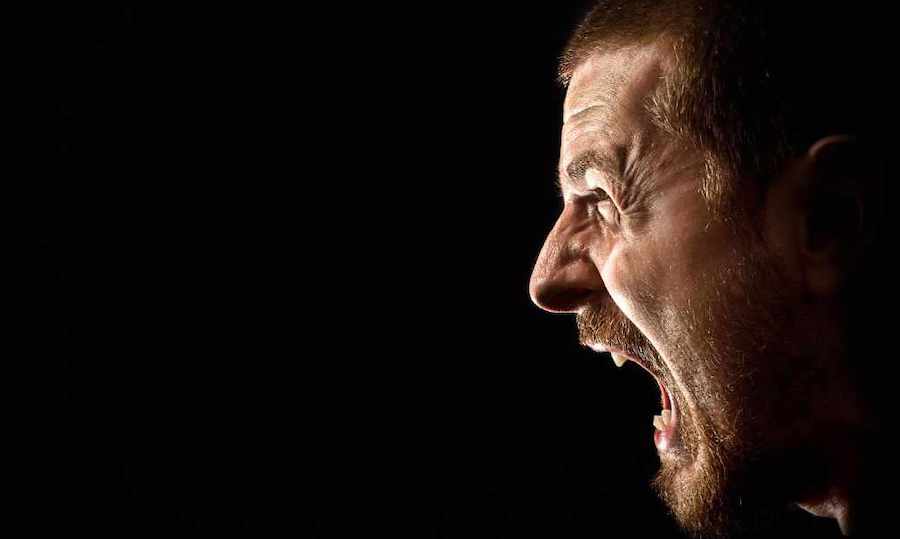
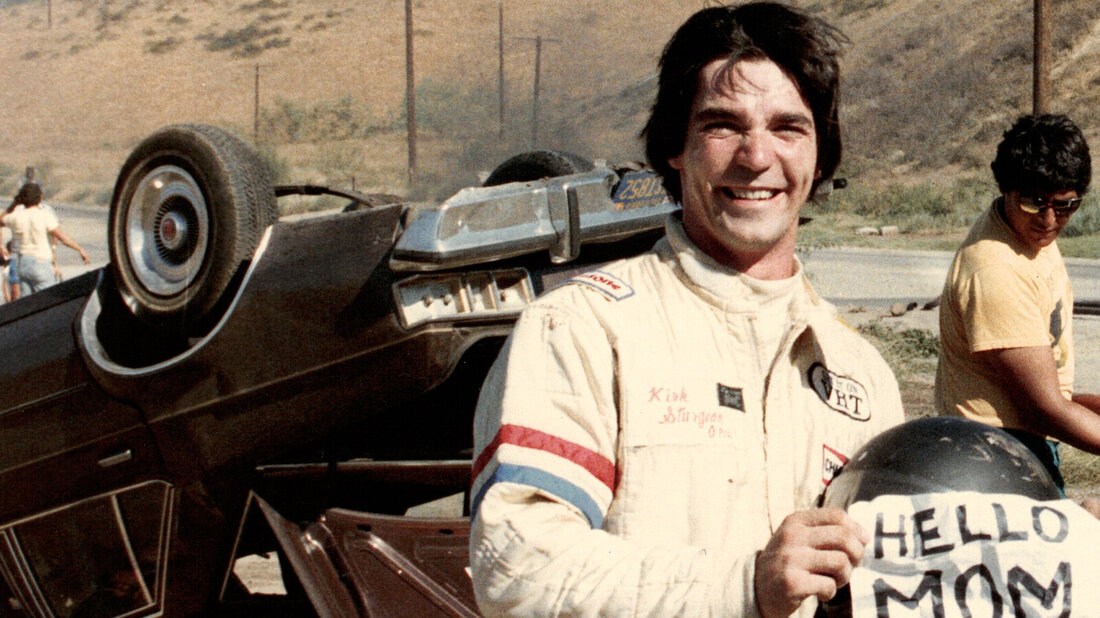
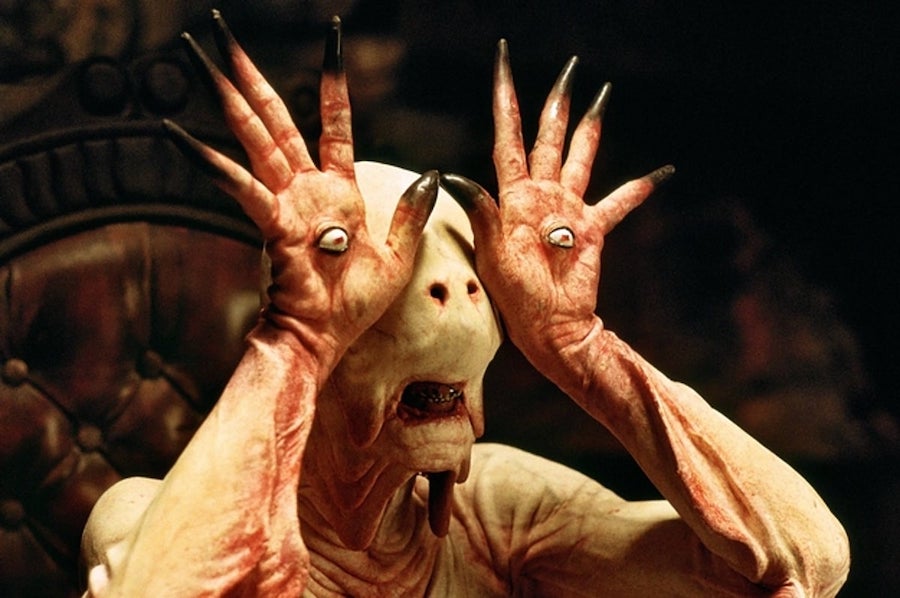
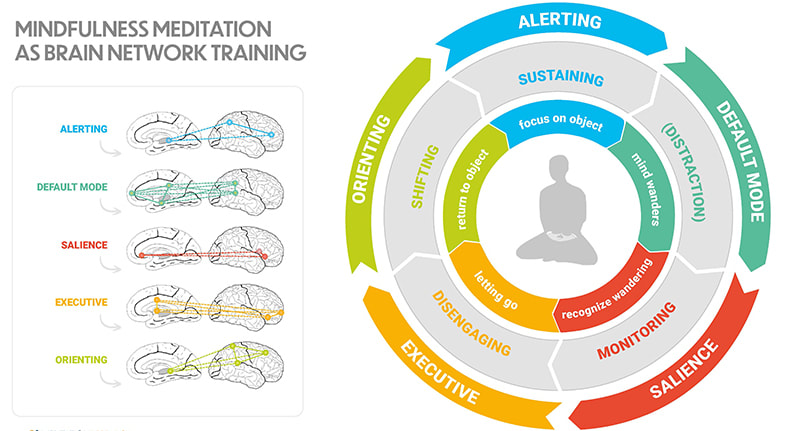
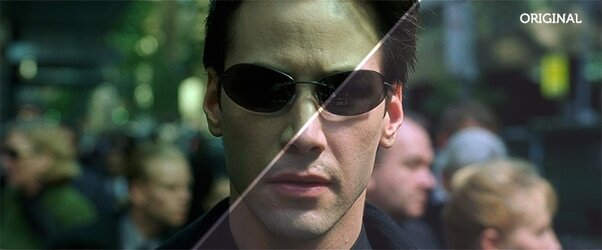
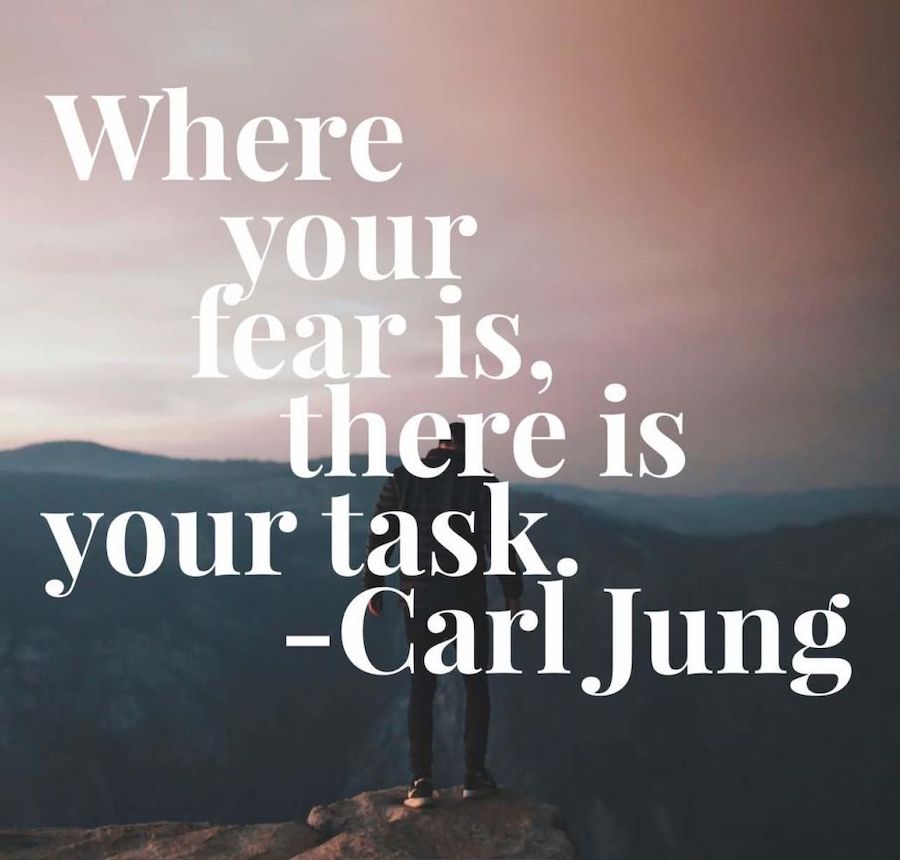
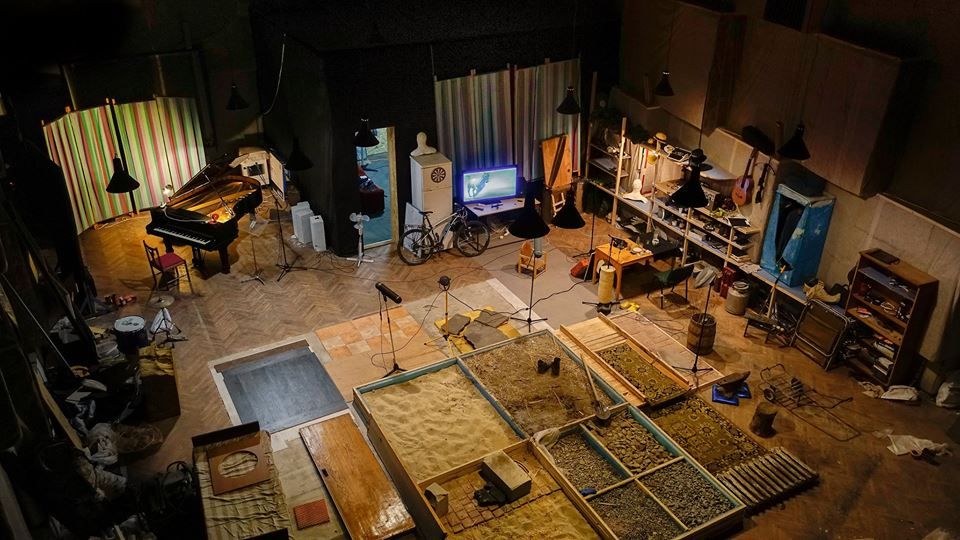

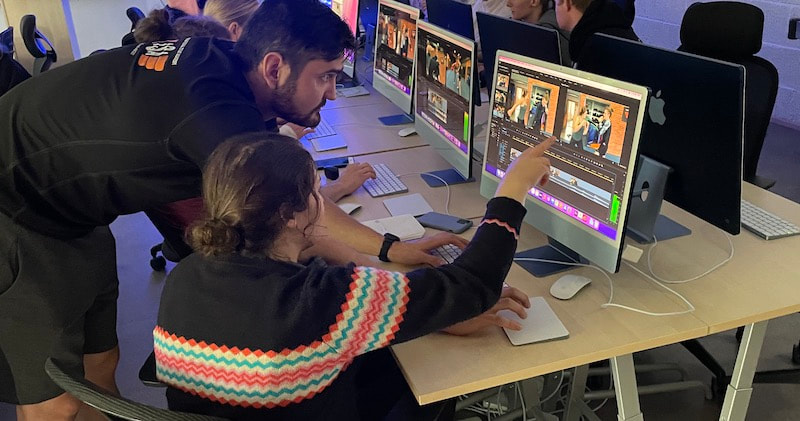
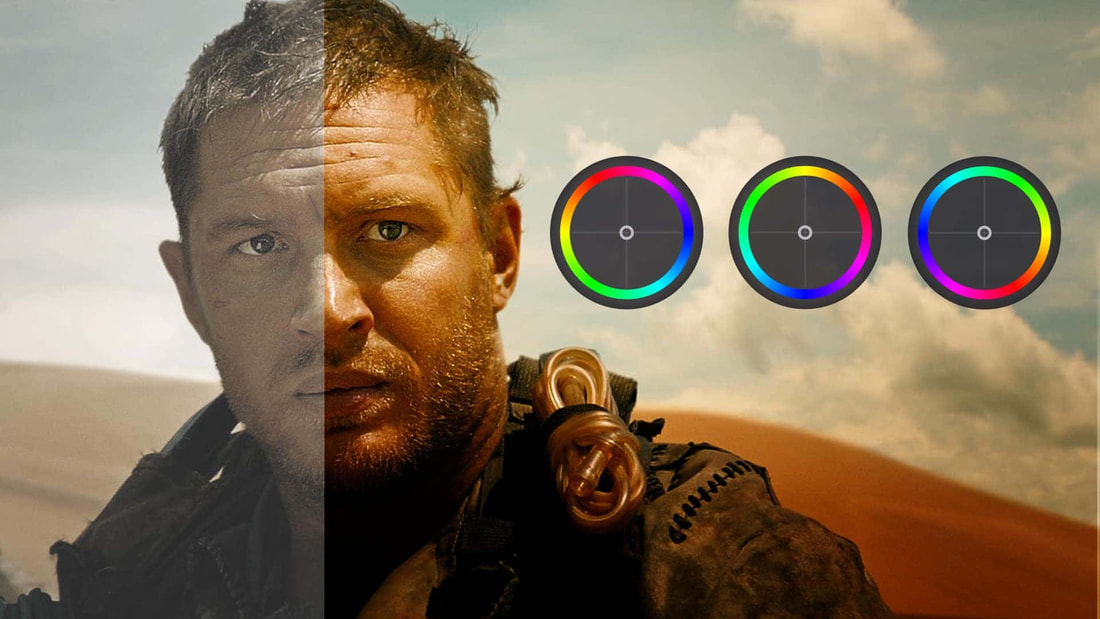

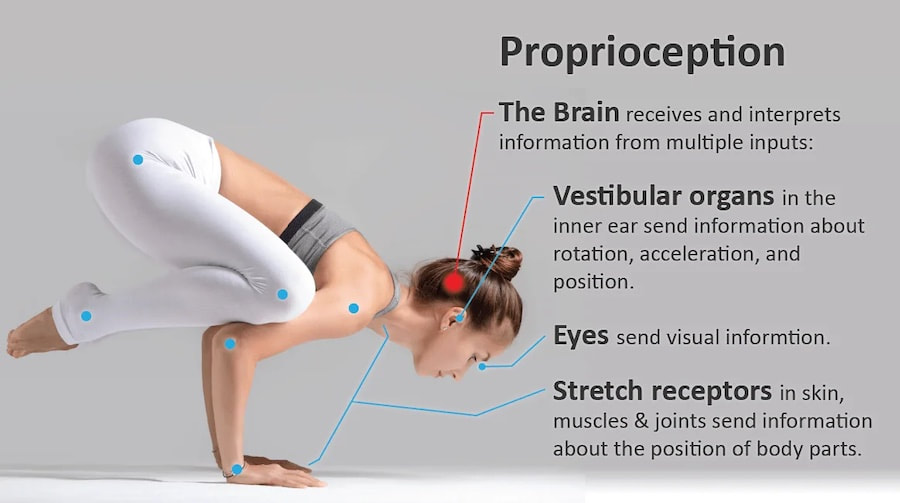
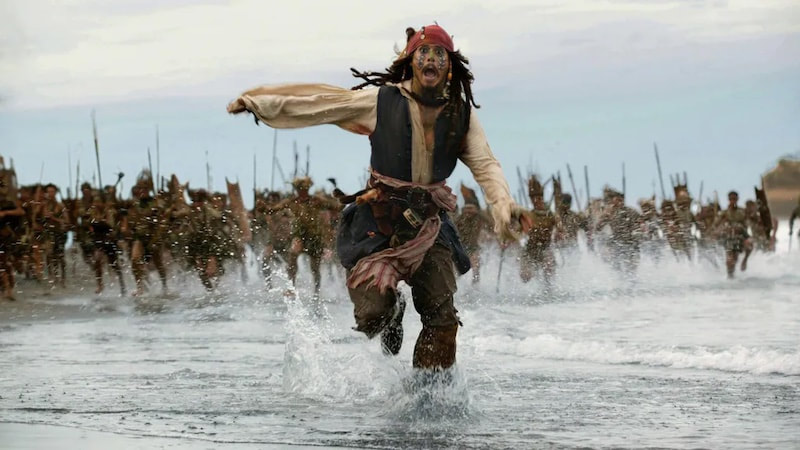
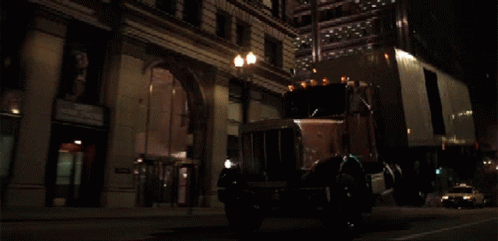
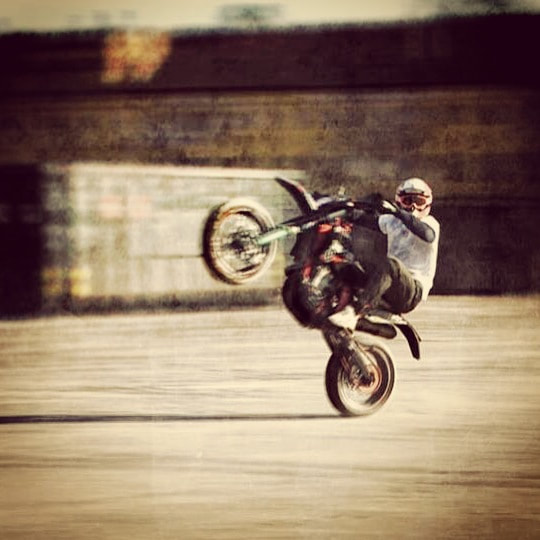
 RSS Feed
RSS Feed

6/4/2024